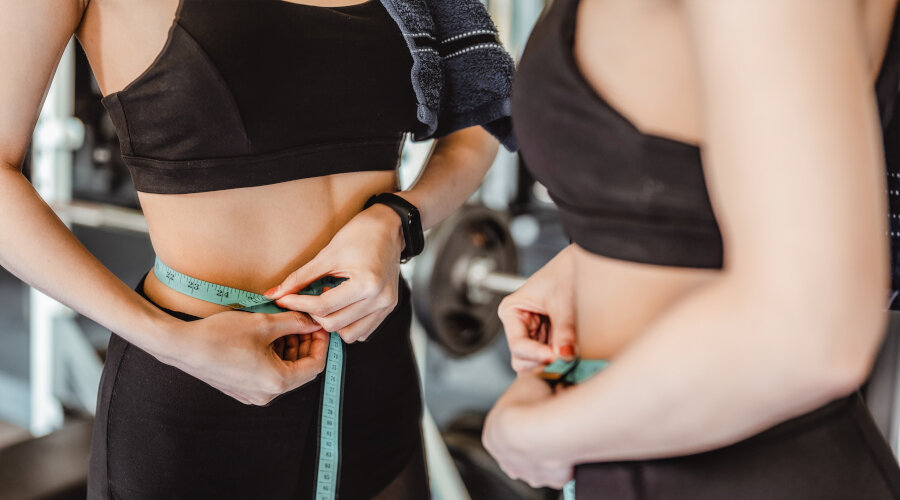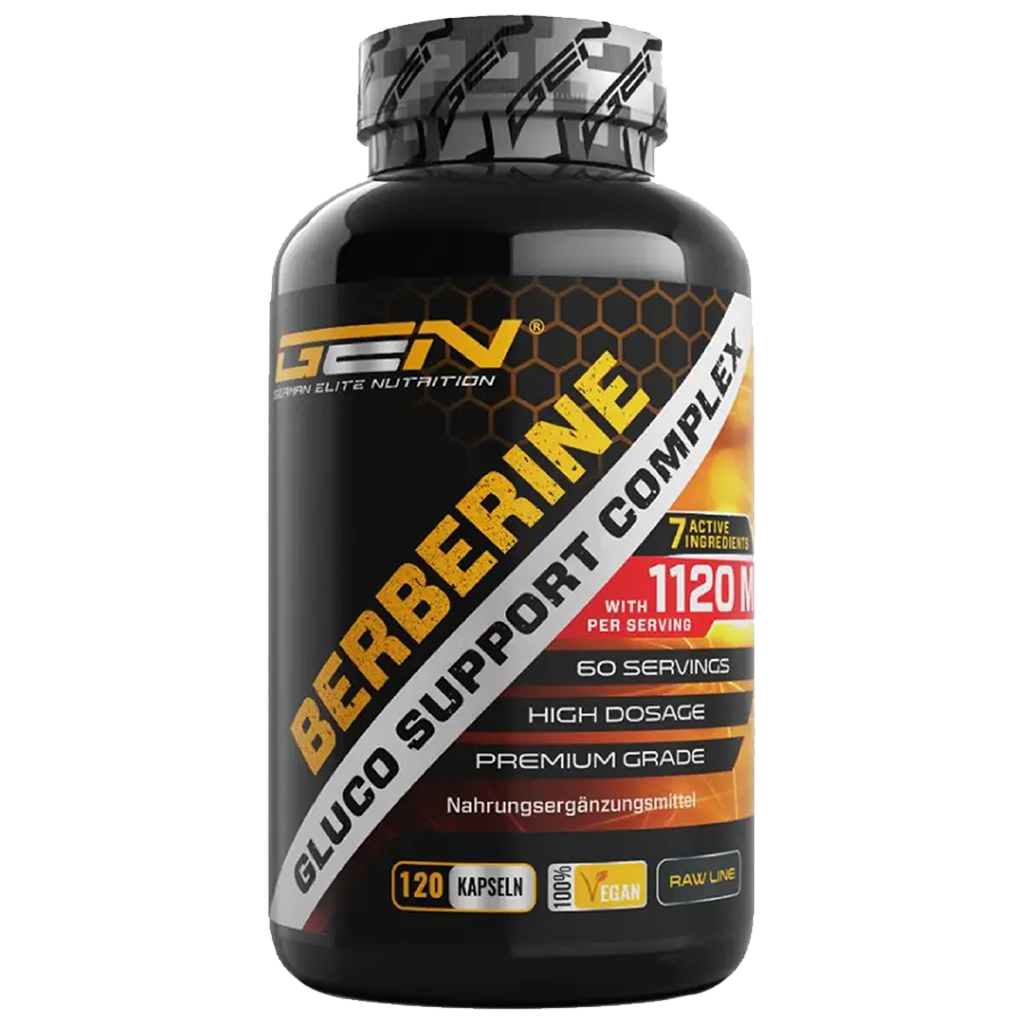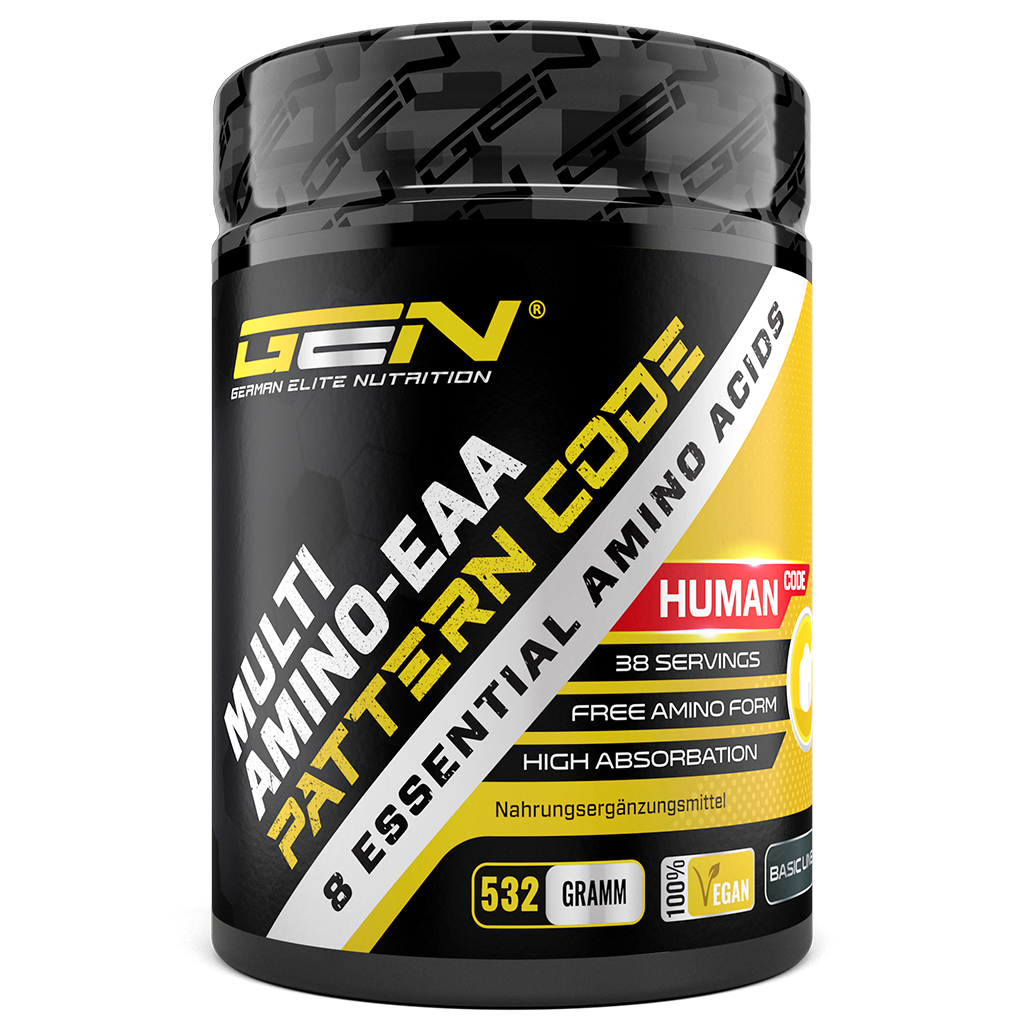Surely everyone who has already gone through one or more diets or is planning to do so, knows this "phenomenon". You want to start a diet, but already know in advance that this project will be a really annoying and exhausting thing and, if you want to "do it right", will also drag on for a very long time.
So what do you do? Sure, you look for a shortcut to speed things up. And you are also offered a variety of options here, such as the PSMF diet (low carb diet with a very high calorie deficit, where the calorie intake comes exclusively from the intake of calories through low-fat protein sources) or the Philosophy diet, just to name a few.
The promise behind it is pretty much always the same, namely: to lose as much fat as possible in a fairly short time and to keep the muscle loss = muscle catabolism as low as possible. So far, however, it sounds great, short time, lose a lot of fat, no muscle breakdown, that's exactly what 99% of all athletes or people who want to start a diet.
Whether this makes sense or not depends on several other factors. For example, if you have a very high body fat percentage (KFA) or very high overweight and are also untrained, then such a diet (high protein intake + high calorie deficit) can show quite quickly visible success, as long as of course it is ensured that the body is still supplied with sufficient vitamins, fiber and minerals during this time. This supply can be in the form of fruits and vegetables (be careful with the fruit because of "hidden" carbohydrates in the form of fructose) or by taking supplements. However, a "small" disadvantage is often also in this group of people that the weight loss is too fast and the skin does not follow. The consequence of this is also often referred to as "skinny fat" = sagging skin after an extreme diet.
Even if all this does not sound bad now, there is a problem here, and this arises just for athletes who are usually not overweight, moreover, they are already trained and the main focus is to keep the previously gained muscle despite diet.
But why is that?
The key word here is energy balance! Even if the whole thing is much more complex, it should be explained once quite simply. If we consider our body as a kind of system, then this system has energy stores / energy reserves = fat! In addition, it has energy consumers, such as the brain, digestion or our muscles. If we now consume food, this is nothing else than energy that enters the system. Because the consumers, like our muscles, now need energy to work, this energy must be supplied by food. If we had no fat / fat depots and ate too little, then there would be, among other things, failures of the consumers and we could also no longer regenerate, repair, do any work and thus build muscles. But since we have fat / fat cells, the energy needed for the consumers (muscles, etc.) can still be compensated by the energy that is in the fat cells.
However, if you now have a very high fat content, then the willingness of our body to use this energy from the fat is much higher than if it is not so high.
However, the lower your body fat percentage is / becomes, the less the body is willing to release this energy for example to build or regenerate muscles!
For this reason, if you have less body fat, it will also be harder for you to regenerate or lose fat than a comparative person who has the same calorie deficit but significantly more fat. Our body is quite "smart" here and before risking that other consumers (like the brain) suffer, it goes into "risk off" mode and rather curbs the energy supply to the muscles.
This is also the reason why you often can't train as hard in a diet when your body fat drops and a too high deficit prevails. Regeneration suffers, muscle damage is no longer properly repaired after a hard workout, your performance drops and muscles are degraded.
Conclusion.
If you have a very high body fat content, then of course you can try such a diet. However, if you are an ambitious athlete and you want to protect your muscles in a diet, then this is the wrong way! Because even if you may hardly believe it, losing fat is much easier than building muscle and certainly no one, at least no athlete, wants all the hard work to be undone in just a short time. So you should always make sure that the calorie deficit is not too large and instead let time work for you.
More articles on the topic

Myth: Are low-fat products really healthy?
When it comes to a defined body, low-fat products are high on the trend and making their way into the refrigerator of many fitness devotees. But how healthy are

BUILD MUSCLE FAST - HOW DO I BUILD MASS FAST AS A HARDGAINER?
If you are one of those body types who find it very difficult to build muscle mass, then this article here is for you. Because here

DIET PLAN TO LOSE WEIGHT - WHAT FOODS MELT BELLY FAT?
Can you specifically burn belly fat or lose belly fat with certain exercises? As much as we would like to tell you otherwise, here is the answer though






